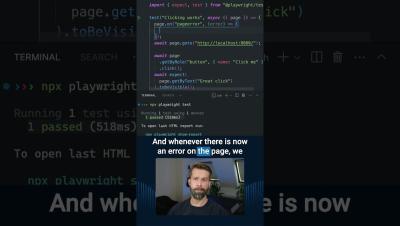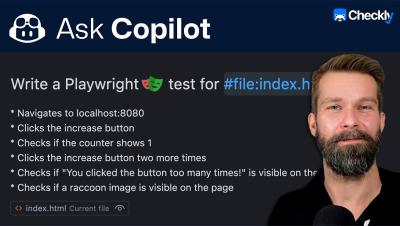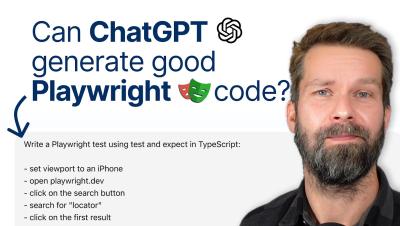Fail Your Playwright Tests When There Are Client-Side JavaScript Exceptions
Join Stefan Judis, Playwright ambassador, as he explains how to automatically monitor your frontend for JavaScript exceptions while testing your sites and apps end-to-end.











